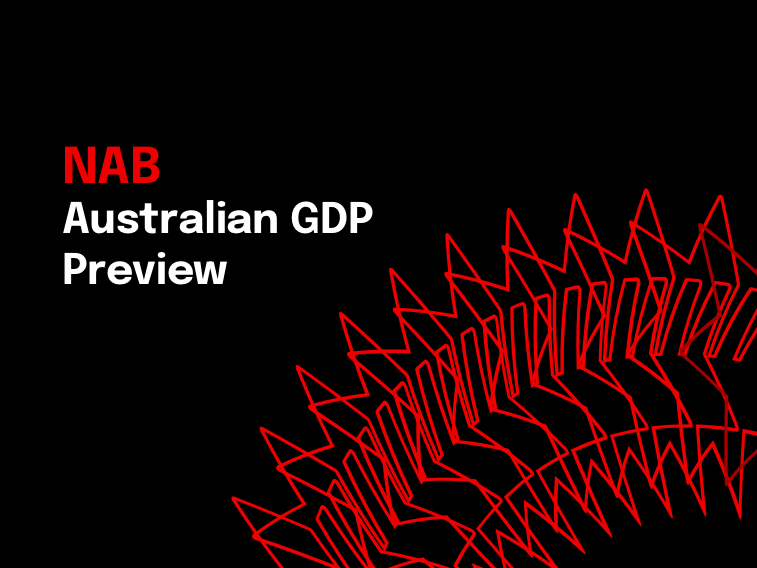In this podcast, NAB Chief Economist, Alan Oster gives you a 10 minute summary of our analysis of consumer spending.
Listen to the full podcast now. If listening on a mobile device, click listen in browser.
- Our latest weekly consumer tracking data to 10 September shows unexpected strength over the last two weeks, combined with some revisions to prior data, painting a much rosier consumption picture than we expected in previous months. While the trend data has continued to track sideways since midyear, it is getting harder to establish a sustained downtrend. While high inflation is eating into real consumption, there are limited signs that higher interest rates are dampening demand – at least yet.
- The overall consumption index (149.9) was down relative to a week prior (156.5), but smoothed to a 4-week moving average, the change is minimal (139.9 vs 139.6 week prior). Hospitality continues to outperform Retail, which partially represents a return to spending on services, including experiences. By state, Victoria continues to lead the pack, with ongoing weakness in the ACT and to a lesser degree Queensland and Western Australia.
- The momentum in business credits slowed last week, although remains above last year and pre-covid 2019. Hospitality continues to be a huge outperformer, while mining has returned closer to last year’s trend following big gains earlier this year. Education and health remain under pressure.
- It remains our view that central bank rate hikes in response to high inflation will see GDP growth moderate in 2023, to around 1.75% y/y. While retail spending has remained robust through the pandemic, higher official interest rates will eat into disposable income and are very likely to lead to reduced spending. While this is not likely to bite until late 2022, 2023 is likely to be a slower year for consumers and therefore the retail sector.
For further details please see NAB Data Insights (week ending 10 September 2022)
*During these extraordinary times, NAB has taken the decision to publish aggregated customer data categorised by industry segment with the view to helping provide clarity around which segments of the economy have been most affected by the broader macroeconomic trends at play. NAB takes data privacy very seriously. All customer transaction data has been aggregated and no individual’s data is specifically identified or analysed as part of this process. The data used in this report will not be sold or made publicly available, but insights from the data will be shared with the Australian people.

